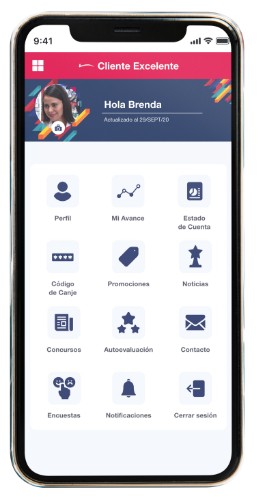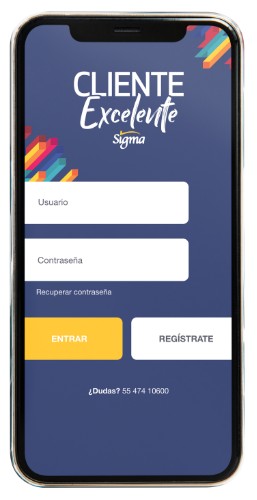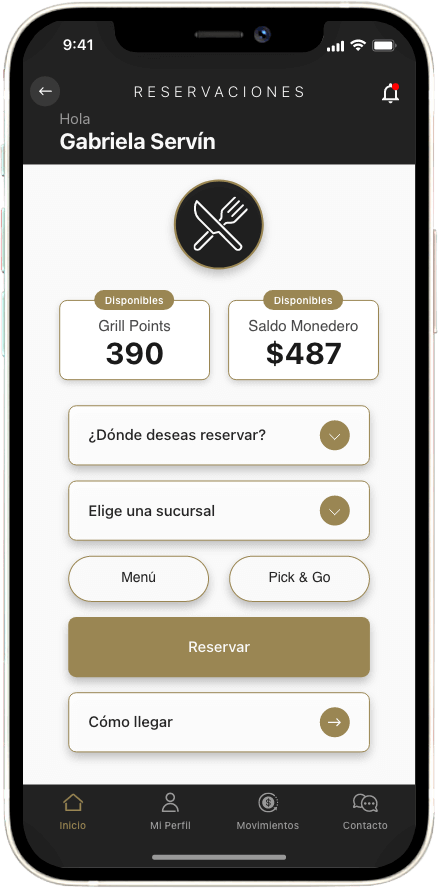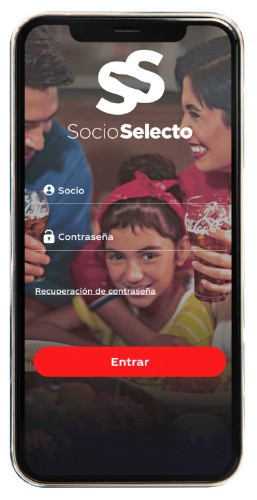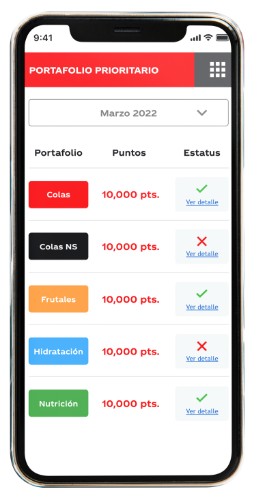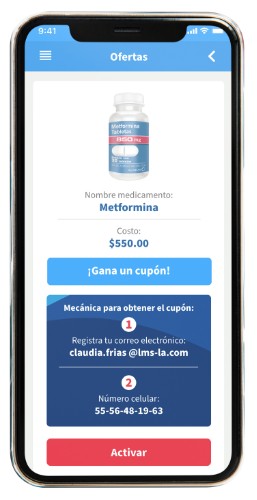Retailers and other businesses offer special rewards, discounts, and other incentives as a way to attract and keep customers. They’re designed to encourage repeat business by offering a reward for loyalty to the store brand or store in general. The more frequent the customer is with the merchant, the higher his/her rewards. They can also have variety to choose from or even various benefits at their disposal.
Program tricks offered by companies or brands
- Retailers and other corporations offer loyalty programs to their customers.
- Loyalty programs offer special reward discounts or other incentives designed to reward a customer’s repeat business.
- Businesses can benefit from these programs because they provide crucial information about how customers spend and what types of offers are most attractive.
- Some retailers rely on annual memberships instead of loyalty programs.
How does brand or company loyalty work?
Some incentives in these programs, which take consumer loyalty into account, are not the same as others. They can offer various benefits to their customers in order to keep them hooked, including:
- There is advance notice of early access to new products.
- Early Access to sales.
- Upgraded services or free merchandise.
- There are special services such as free or urgent shipping.
- Only members receive discounts.
To join a program and turning into loyal members, clients must register their personal information with the company and receive a unique ID, with a membership card, that will be used when making a purchase in the establishment. Then it can be used for rewards, such as cumulative points that turn into electronic money.
Comsumer Loyalty Purpose
The company that issues the loyalty programs manages to obtain a large amount of information and consumer data, and find information about the type of products that can be purchased together, and whether certain incentives are more effective than others in the details of a loyalty program.
These programs are especially applicable to high-volume businesses that thrive on the return of customers, since it is essential for the business to create loyal followers, and more expensive to acquire a new customer than to sell to an existing one. Properly executed repeat customers can be achieved at a fraction of the cost of traditional marketing methods.
An example
Loyalty programs have entered the digital age; they’re incorporating technology not only as a means to purchasing things and earning rewards, but as a source of rewards in itself. This leads users into sending text messages or photos with discount by buying through a commercial app.
Case studies of how a brand can retain customers through interactive offers are the rewards programs of Starbucks, Sam’s Club, Victoria Secret, Pink, and many others, even stores that sell second-hand clothes like Plato´s Closet, which offers their clients discounts on specific days.
In conclusion, the programs that companies offer their clients are a marketing strategy they establish, this with the purpose of rewarding the buying behavior of customers. It produces in them a sense of loyalty and fidelity towards the brand. Loyalty programs have become powerful marketing tool, which helps reaffirm the customer’s loyalty, and improves the brand’s online reputation.
